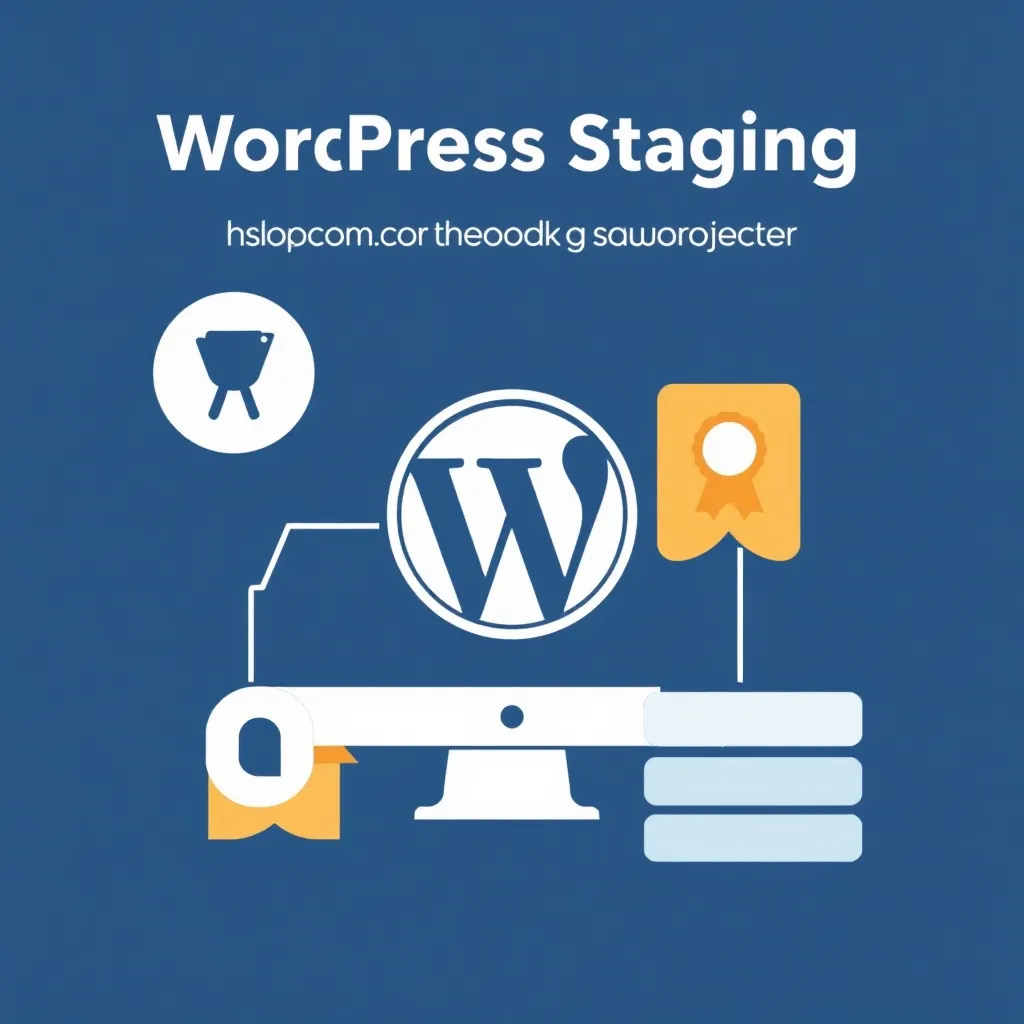Optimize hardware and infrastructure
The basis for optimum server performance lies in the right hardware and infrastructure. The choice of high-performance components is crucial:
- High-performance processors: Modern CPUs with multiple cores and high clock frequencies enable faster data processing and improved response times.
- Sufficient RAM: Sufficient RAM ensures that applications and processes run smoothly without delays due to a lack of memory.
- Fast storage drives (SSDs): Solid-state drives offer a significantly higher data access rate compared to conventional hard disks and improve the overall performance of the server.
- Robust network infrastructure: A network connection with high bandwidth and low latency is essential for fast data transmission and a stable connection.
Careful selection of these components can significantly increase the overall performance of your server. In addition, it is important to perform regular hardware upgrades to keep pace with increasing demands and technological advances. Investing in high-quality server hardware pays off in the long run by ensuring a reliable and powerful infrastructure.
Use server virtualization
Server virtualization makes it possible to run multiple virtual servers on a single physical server. This technology optimizes resource usage by efficiently distributing CPU, memory and storage across different virtual machines. This not only improves server performance, but also scalability and resource efficiency.
Advantages of server virtualization:
- Cost savings: Reducing the number of physical servers saves energy costs and space in the data center.
- Flexibility and scalability: Virtual servers can be quickly created, adapted and moved to meet changing requirements.
- Improved management: Centralized management tools make it easier to monitor and maintain the server environment.
By using virtualization technologies such as VMware, Hyper-V or KVM, companies can make their IT infrastructure more efficient and respond better to growth.
Implement load balancing
Load balancing is a strategy for distributing incoming network traffic across multiple servers. By distributing the workload evenly, load balancing prevents individual servers from being overloaded and improves response times. This is particularly important for Online stores and websites with high traffic volumesto ensure consistently high performance.
Typical methods of load distribution:
- Round robin: Requests are distributed evenly to a number of servers.
- Least Connections: New requests are routed to the server with the fewest current connections.
- IP hashing: Distributions based on the IP address of the requesting client.
The use of load balancers such as NGINX, HAProxy or special hardware solutions can significantly increase the reliability and availability of your services. In addition, load balancing solutions contribute to better utilization of server resources and prevent bottlenecks during peak load times.
Use caching strategies
Caching is a proven method for optimizing server performance. By storing frequently accessed data in the cache memory, servers can process requests faster and reduce the load. Various caching methods can be used:
- OpCode Cache: Accelerates the execution of complex applications by caching bytecode.
- Memory cache: Ideal for large, load-distributed websites to keep frequent data directly in the working memory.
- HTTP cache: Reduces data traffic to web servers by temporarily storing static content.
- Application-specific caches: Optimized for specific applications or databases to specifically increase performance.
In addition to these methods, content management systems (CMS) such as WordPress can benefit from plugins such as W3 Total Cache or WP Super Cache, which combine different caching strategies to further reduce website load times. An effective caching strategy can significantly reduce server load while improving the user experience.
Apply content compression
Compressing content sent from the server to the client can significantly improve server performance. By reducing the file size of HTML, CSS and JavaScript files before transmission, servers can minimize bandwidth usage and improve response times. Techniques such as Gzip compression are widely used and effective in speeding up data transmission.
Further advantages of content compression:
- Faster loading times: Smaller files are transferred faster, which increases the overall speed of the website.
- Reduced bandwidth usage: Less data consumption leads to cost savings, especially with high traffic volumes.
- Improved SEO: Search engines prefer fast-loading websites, which can improve visibility in search results.
Compression can be implemented via server configurations such as Apache's mod_deflate or NGINX's gzip settings. In addition, it makes sense to test the compression regularly to ensure that all content is transferred correctly and efficiently.
Regular monitoring and performance optimization
Continuous monitoring of server performance is essential to identify and resolve potential problems at an early stage. By using server monitoring tools, administrators can track key metrics such as CPU utilization, memory usage, network traffic and response times. This data helps to optimize server configurations, identify bottlenecks and ensure optimal performance.
Recommended monitoring tools:
- Nagios: A comprehensive tool for monitoring network services and server resources.
- Prometheus: Ideal for real-time monitoring and collecting metrics.
- Grafana: Visualizes collected data in user-friendly dashboards.
- Zabbix: Offers a wide range of monitoring functions and notification options.
Regular analyses and adjustments based on the collected data allow you to continuously improve performance and react quickly to unforeseen problems. A proactive approach to performance optimization contributes significantly to the stability and efficiency of your server environment.
Server security and optimization
Ensuring server security is not only important for protecting sensitive data, but also plays a significant role in optimizing performance. Implementing robust security measures such as firewalls, intrusion detection systems and regular security updates can prevent unauthorized access and malicious activity that could affect server performance.
Further safety measures include:
- SSL/TLS encryption: Protects data transmission between server and client.
- Regular backups: Backs up important data and enables quick recovery in the event of a failure.
- Security policies and access controls: Restricts access to sensitive areas of the server to authorized users.
- Antivirus and anti-malware programs: Detect and remove potential threats.
In addition to security, optimizing server configurations and removing unnecessary services or applications can further increase server efficiency. A well-configured and secure server environment not only contributes to performance, but also to the trustworthiness of your online presence.
Database optimization
Databases are often critical components of server applications. Optimizing database performance can have a significant impact on overall server performance. Techniques such as indexing, query optimization and proper database design can improve data retrieval times, reduce server load and increase application responsiveness.
Important steps for database optimization:
- Indexing: Create indexes for frequently queried columns to increase the search speed.
- Query optimization: Analyze and optimize SQL queries to avoid inefficient operations.
- Normalization: Ensure that the database is well normalized to minimize redundancies and ensure integrity.
- Database caching: Use caching techniques such as Redis or Memcached to speed up frequent data accesses.
Regular database maintenance, including backups and data cleanup, is also important for optimal server performance. Monitoring tools such as phpMyAdmin or MySQL Workbench can help to monitor database performance and identify bottlenecks. A well-optimized database contributes significantly to the efficiency and speed of your applications.
Using content delivery networks (CDNs)
Content Delivery Networks are particularly useful for websites and web applications with a global reach. CDNs distribute content across multiple servers in different geographic locations, allowing users to retrieve data from a server that is close to them. This reduces latency and improves website loading speeds, resulting in a better user experience.
Advantages of using CDNs:
- Faster loading times: Local servers ensure faster data transfer.
- Higher availability and reliability: load distribution across several servers prevents failures.
- Scalability: CDNs can efficiently absorb sudden traffic peaks.
- Security: Many CDNs offer additional security functions such as DDoS protection and web application firewalls.
Popular CDN providers include Cloudflare, Amazon CloudFront and Akamai. Integrating a CDN into your server infrastructure can significantly improve the performance of your website and at the same time reduce the load on your own servers. Especially for e-commerce platforms and high-traffic blogs, using a CDN is an effective way to optimize the user experience.
Consider scalability and redundancy
For companies with growing requirements, scalability and redundancy are crucial factors in server optimization. By implementing scalable architectures and redundant systems, companies can ensure that their servers can cope with increasing workloads and guarantee high availability.
Strategies for scalability:
- Horizontal scaling: Adding more servers for load balancing instead of upgrading individual machines.
- Vertical scaling: Increasing the resources (CPU, RAM) of a single server.
Redundancy measures:
- Failover systems: Automatic switchover to backup systems in the event of failures.
- Data replication: Ensuring that data is available on several servers at the same time.
- Geographical redundancy: Distribution of servers across different locations to minimize the risk of failure due to local events.
By combining scalability and redundancy, companies can build a robust and flexible server infrastructure that meets both current and future requirements. This is particularly important for companies that need to ensure high availability and continuous performance to keep their business processes running smoothly.
Conclusion
Optimizing server performance is a continuous process that requires attention and regular adjustments. By implementing the strategies outlined in this guide, you can significantly improve the performance of your servers and ensure a reliable, fast and efficient online experience for your users. Remember that every server environment is unique, and it is important to consider the specific requirements and challenges of your infrastructure to achieve the best results.
By applying these optimization techniques and continuously working to improve your server performance, you can not only increase user satisfaction, but also increase the efficiency of your IT infrastructure and save costs in the long term. A well-optimized server environment is the backbone for successful online presences and digital business models in today's fast-paced digital world.
Do not forget that the Security of your WordPress installation is just as important as server optimization. A holistic approach that considers both performance and security is the key to a robust and efficient hosting setup. Invest in regular security checks and stay informed about current threats to best protect your servers and online presence.
It is also worth investing in training and further education for your IT team in order to stay up to date with the latest technology and to identify and implement new optimization opportunities at an early stage. With a proactive strategy for server optimization and security, you lay the foundation for sustainable success and a strong online presence.



